GHG Emissions
Understanding, measuring, and mitigating greenhouse gases for businesses

- Home
- Expertise
- Understanding GHG emissions and what companies need to do about them
Context
Climate conferences, new emissions regulations, and increasingly extreme weather events have everyone talking about the need to reduce our greenhouse gas emissions. But are we all on the same page about what greenhouse gases are, their causes and effects, and what we can do to measure and manage them? Keep reading to discover everything you need to know about greenhouse gases and what corporations can do to comply with climate policies and regulations in an effort to help slow climate change.
Understanding GHGs
Greenhouse gases (or GHGs) are gases that trap heat in the Earth’s atmosphere. Just like a greenhouse, the sun shines through our atmosphere, warming the earth. At night, the earth’s surface cools, releasing heat back into the air. GHGs such as carbon dioxide, methane, nitrous oxide, and fluorinated gases then trap this heat in the atmosphere. This happens naturally but, as with everything in nature, there needs to be a balance between these gases to maintain the right temperature for life on earth to thrive.
When extra GHGs are emitted, the atmosphere traps an increasing amount of heat, causing a warming effect on the earth. This in turn changes our climate and impacts our environment and our lives.

Greenhouse gases and their causes
Human activities are resulting in more greenhouse gases being released than nature intended, upending the atmospheric elemental balance.

Carbon dioxide (CO2)

Methane (CH4)

Nitrous oxide (N2O)

Fluorinated gases (F-gases)
The concentration of GHGs is measured in parts per million, parts per billion, and parts per trillion. One part per million is equivalent to one drop of water diluted by around 13 gallons of liquid (which would just about fill the fuel tank of a compact car). You can learn more about the increasing concentrations of greenhouse gases in the atmosphere here.
Impacts of GHG emissions
Increasing quantities of greenhouse gases in the atmosphere are dramatically changing our climate, affecting everything from surface air and ocean temperatures to precipitation and sea acidification. These all have a knock-on effect on our environment, our health, and our economy.
According to researchers at the US climate center, Berkeley Earth, due to rising GHG emissions, the Earth’s average temperature could reach 1.5°C above pre-industrial levels by 2033.
This means that:
- Global average annual temperatures will increase, leading to more frequent and intense heatwaves and wildfires.
- Coastal flooding will escalate as sea levels rise due to the melting of snow, sea ice, and glaciers.
- Overall, precipitation levels are expected to rise globally, leading to increased risks of floods.
- Droughts, particularly in the Mediterranean and northern Africa, will become more common.
- Wildlife will be greatly affected by wildfires and rising temperatures which could result in death, displacement, and disease.
Climate change impacts our health in many ways. It reduces our access to clean air, safe drinking water, nutritious food, and safe shelter. It also hinders our progress toward improving global health.
In fact, between 2030 and 2050, climate change is expected to cause roughly 250 000 additional deaths per year due to malnutrition, malaria, diarrhea, and heat stress. And by 2030, the direct damage costs to health are estimated to be between USD 2–4 billion per year.
Other effects of the changing climate on our health include:
- An increased risk of death from dehydration and heat stroke due to higher temperatures and more frequent and severe extreme weather events.
- A greater risk of respiratory and cardiovascular problems and certain types of cancers as a result of exacerbated air pollution (also caused by rising temperatures).
- An increased chance of injury due to extreme weather events such as flooding and more destructive storms.
- A rise in the risk of water-, food-, vector- and rodent-borne diseases.
- More mental health concerns associated with the impacts of climate change, such as losing a home to a wildfire or flood.
- Increased food insecurity, particularly in low- and middle-income countries, as the climate affects agriculture.
Climate change has cost the global economy trillions of dollars, but low-income countries have borne the brunt of these losses, even though their emissions are often much lower than those of wealthier regions.
Primarily, the economic impact of climate change is due to:
- Changing weather patterns negatively affecting agriculture, forestry, and tourism.
- Human health impacts placing added economic stress on health and social support systems.
- Damage to infrastructure, like roads and bridges, due to extreme weather, thawing permafrost, and rising sea levels.
- Lower agricultural yields caused by environmental changes.
- Lower rates of labor productivity due to increased heat and diseases.
GHG emissions by sector
Sectoral GHG emissions vary by country but, in general, the main contributors are the energy (or power) supply sector; industry; transport; buildings; and agriculture, forestry, and other land use. According to the IPCC, the majority (34%) of global direct emissions come from the supply sector. However, when you factor in indirect emissions from electricity and heat production, the industry sector takes the lead.
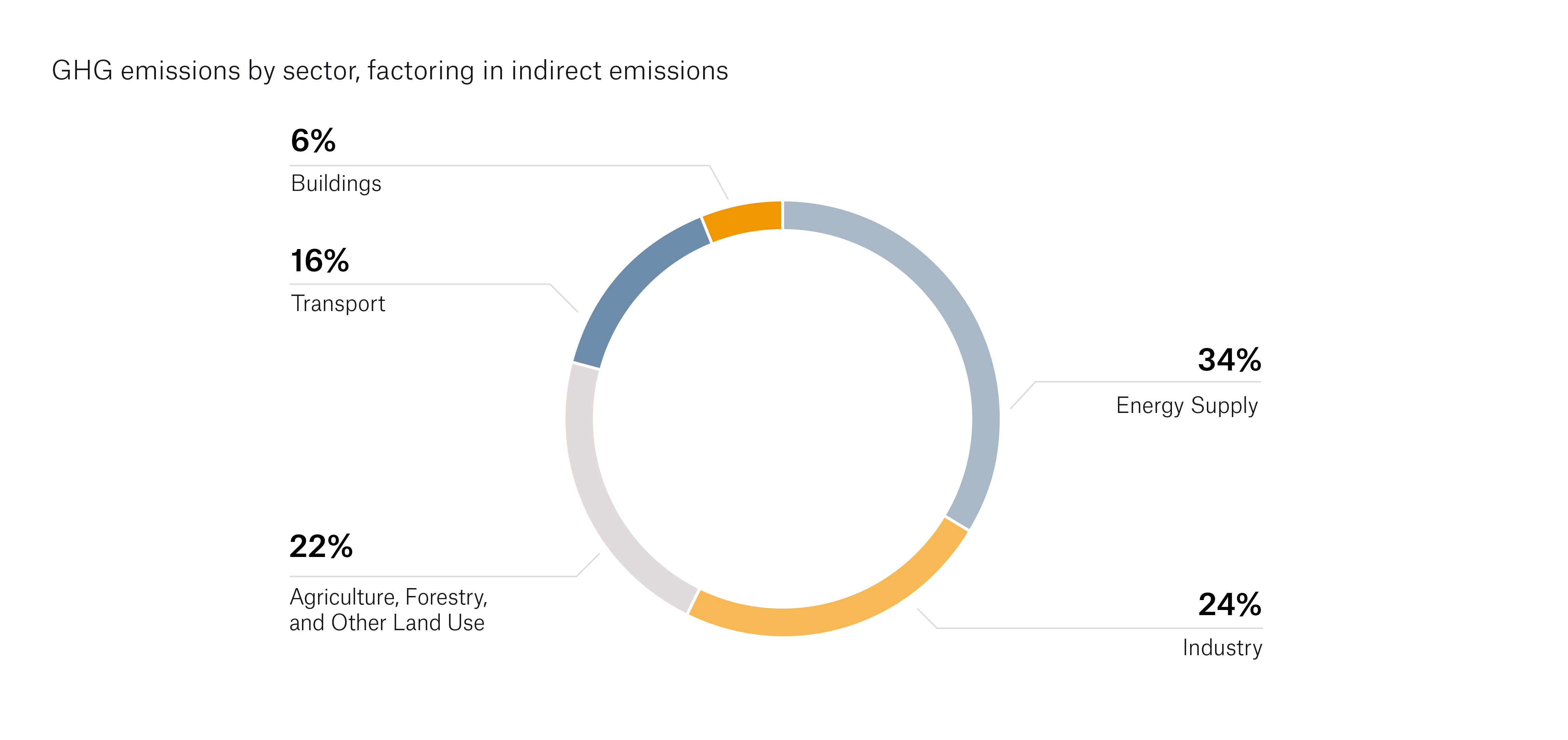
According to the IPCC, approximately 34% of total GHG emissions come from the energy supply sector; 24% from industry; 22% from agriculture, forestry, and other land use; 15% from transport; and 6% from buildings. However, if emissions were assigned to the sectors that consumed the most electricity and heat, the industry and buildings sectors would take the lead, accounting for 34% and 16% of GHG emissions, respectively. This adjustment would consequently see the energy supply sector accounting for just 12% of global GHG emissions.
Energy Supply Sector
The energy supply sector produces or supplies energy to end-use sectors like industry, transport, building, and agriculture and forestry. They do so by using fossil fuels (such as coal, oil, and natural gas) and renewables (like wind, solar, bioenergy, and hydroelectric). The energy supply sector is currently the largest contributor to direct global GHG emissions, although it is on the path to being one of the first industries to reach net-zero CO2 emissions.

To produce a given amount of electricity, burning coal will produce almost two times more CO2 than natural gas and over 25% more than oil. This is why coal is referred to as the “dirtiest” fossil fuel.
Industry Sector
The industry sector uses fossil fuels in food processing; mining; and the production of things like textiles, cement, iron, steel, and plastics. Unfortunately, it also produces a large amount of GHG emissions. In fact, when factoring in the indirect emissions from electricity, it is the world’s biggest emissions culprit. Over the last few decades, we have seen a steady improvement in energy and process efficiency in the industry sector, driven by increased energy costs. However, industry-related GHG emissions continue to increase.

According to the IPCC, the industry sector’s energy intensity could be reduced by up to 25% through widescale upgrading, replacement, and deployment of efficient technologies.
Agriculture, forestry, and land use sectors
The land is vital to agriculture, which is central to the lives and livelihoods of our growing population. But aside from food and employment, the land is also home to a multitude of ecosystems that house our plants and animals. Due to deforestation, deliberate and unintentional fires; and agricultural emissions from livestock, soil, and nutrient management, the AFOLU sector is responsible for just under a quarter of global GHG emissions. Fortunately, there are a variety of options for emissions mitigation, such as reforestation, improved crop and grazing land management, and the restoration of organic soils and degraded lands.

Agricultural lands occupy about 40- 50% of the Earth’s land surface.
Transportation sector
The transportation sector is the US's biggest direct source of GHG emissions, outstripping the energy supply sector. The combustion of fossil fuels (such as gasoline and diesel) to transport people and goods via highways and passenger vehicles, air travel, marine transportation, and rail) accounts for about 27% of total US greenhouse gas emissions.
However, globally, the tide is turning on transportation emissions thanks to new policies that aim to curb emissions. The introduction of carbon taxes in Canada, for example, has resulted in a marked decrease in demand for gasoline and a reduction in total GHG emissions.

About 57% of the GHGs emitted by transportation in the US come from light-duty passenger vehicles.
Building sector
Private and commercial buildings are responsible for almost 40% of global energy-related CO2 emissions.
Building emissions are a combination of two factors:
- The day-to-day running of a building (the energy used to light, heat, cool, etc.). This is referred to as “operational” carbon emissions and accounts for 27% of all annual carbon emissions globally.
- The emissions tied to the building process, maintenance, and any demolition. This is referred to as “embodied” carbon, which is responsible for around 10% of annual emissions, depending on the type of building.

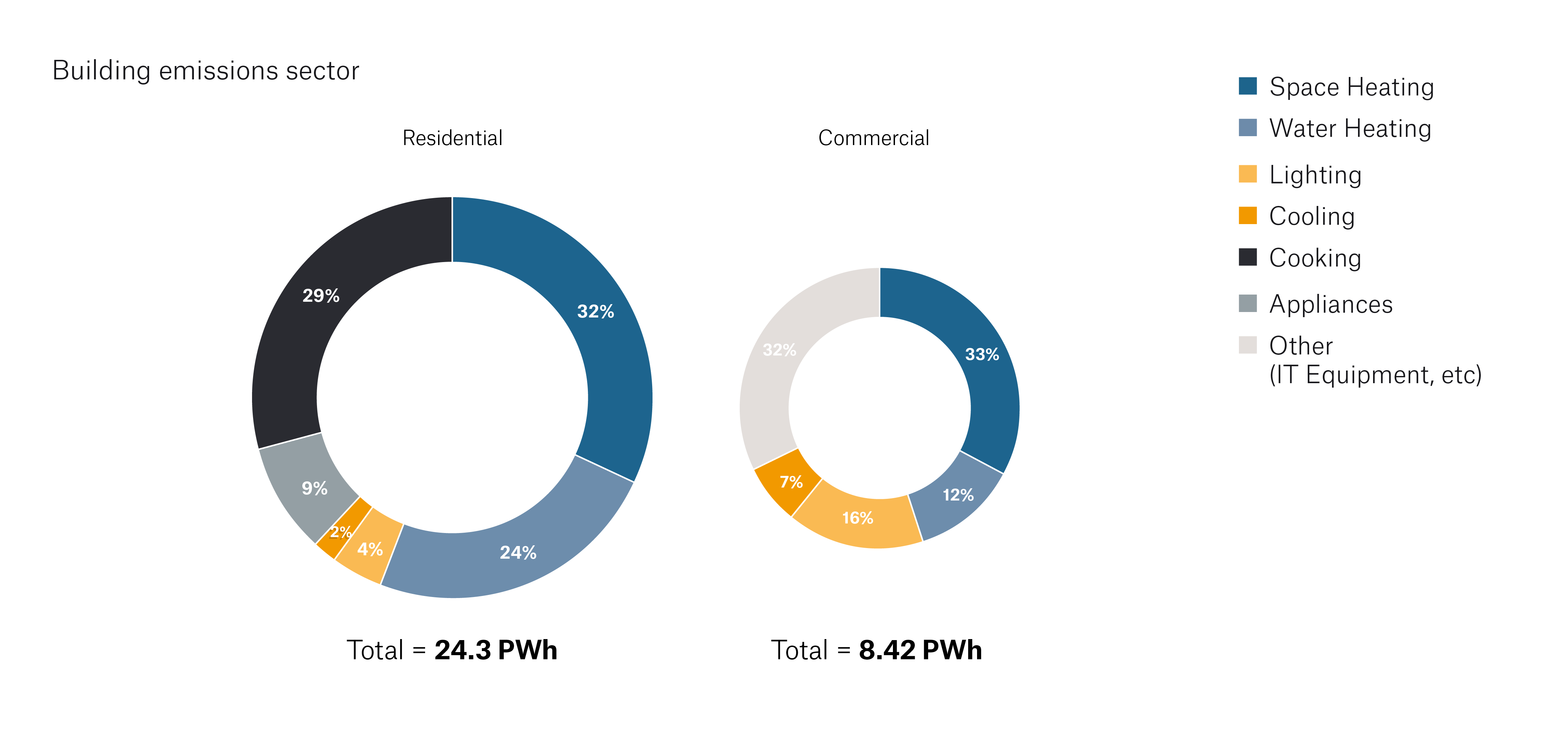
Carbon emissions by country
Most of the world’s GHGs are emitted by only a handful of countries. China, the US, India, Russia, and Japan contribute the most emissions overall. However, per capita, the US produces 5.48 megatons more CO2 emissions per year than China. That’s more than Uganda produced in total in 2020, which goes to show that not all countries contribute equally to GHG emissions.
In fact, in the last three decades, the poorest half of the world’s population has been responsible for only 16% of all emissions growth, whereas the top 1% has been responsible for 23% of the total. This inequality is exacerbated by the fact that poor countries are the most negatively impacted by climate change as they are more economically vulnerable.
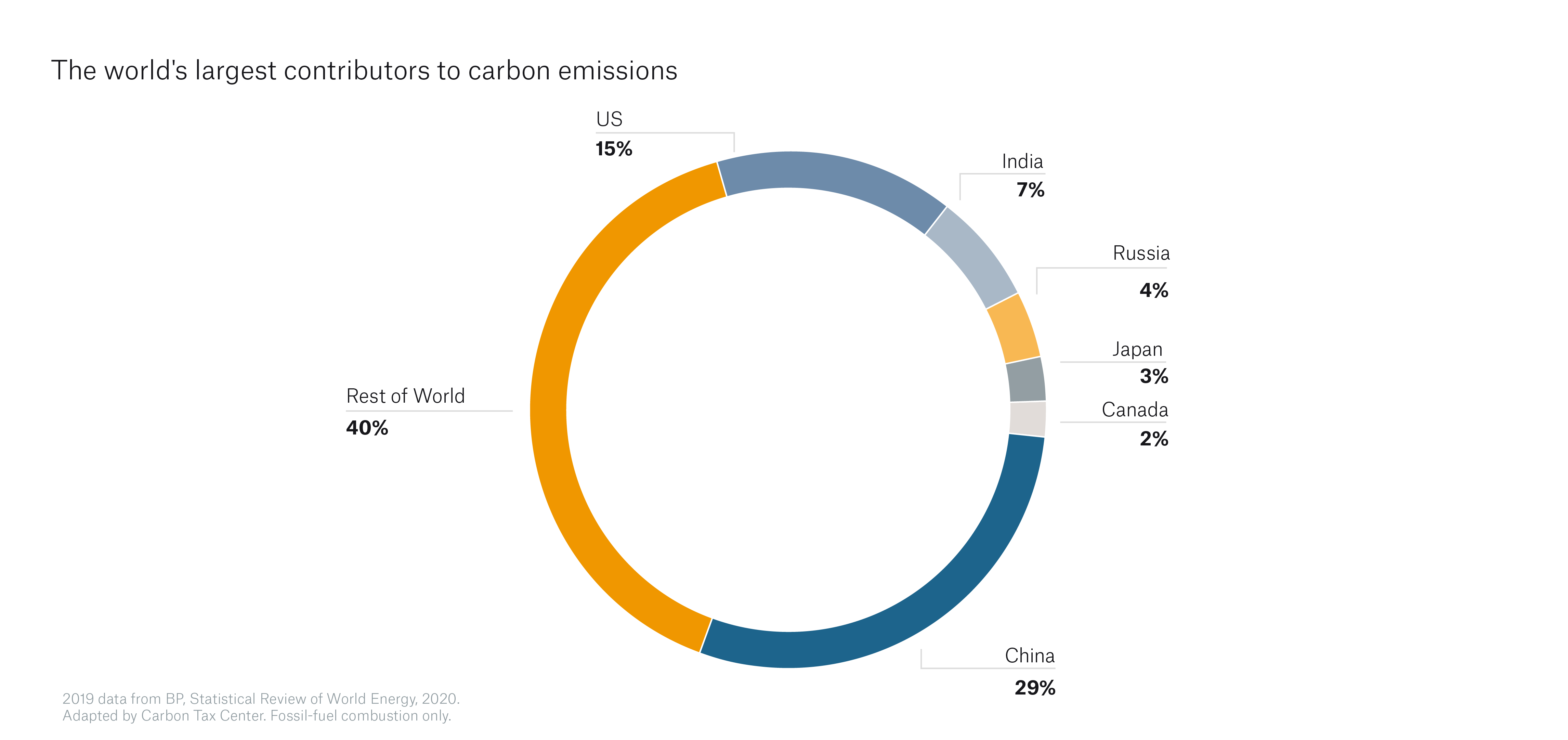
68% of global GHG emissions are produced by just 10 countries.
Facts about carbon emissions sources


GHG protocol
The Greenhouse Gas Protocol (GHGP) is the most robust and widely used international framework for government and business leaders to understand, quantify, measure, and report greenhouse gas emissions. The purpose of the GHGP is to set standards for businesses to help them measure and manage their emissions, fostering transparency and accountability.
Measuring GHG emissions
Whether you’re required to report your emissions, or you simply want to better understand your organization’s impact on the environment, your first move is to measure your GHG emissions.
Why measure GHG emissions
As the saying goes, you can’t manage what you can’t measure. And it’s essential that emissions are managed in order to reduce them.
Under the Paris Agreement, signed by 196 nations in 2015, countries collectively agreed to reduce their emissions with the goal to prevent global temperatures from increasing above 2°C (and preferably capping it at 1.5°C) compared to pre-industrial levels. Every five years, each participating nation submits a Nationally Determined Contribution (NDC), which is a national climate action plan that includes GHG emissions reduction targets.
The Paris Agreement hinges on countries being transparent about monitoring, verifying, and reporting on their NDC implementation progress. This has spawned many laws, policies, and regulations in efforts to encourage companies to track, disclose, and reduce their emissions.
But measuring your emissions isn’t just about following regulation protocols. It also makes good business sense for a number of reasons, including:
- Carbon is costing companies. Carbon prices rise each year, meaning many companies that pollute more, pay more – and in increasing amounts. Measuring your emissions is key to getting a handle on them and keeping them below the acceptable threshold.
- Reducing emissions could help businesses secure loans. Banks are increasingly offering sustainability-linked loans connected to a borrower's achievement of pre-set sustainability targets. If the targets are met, the borrower gets a discount on their loan pricing. If their targets aren’t met, a premium is often added. To qualify for these loans, your emissions must be meticulously measured.
- Investor confidence is increased for companies who measure and report emissions data. Investors know that climate risks like flooding, drought, and wildfires can pose real financial risks to companies. They need reliable information to make informed investment decisions and transparent emissions measurement and reporting go a long way toward building investor confidence.
- Consumers are demanding greener products. More and more customers are choosing to reduce their own carbon footprints. This leads them to think carefully about the services they employ and the purchases they make. Measuring and disclosing your emissions are therefore key steps in building trust with your customers.
At least 50% of loan deals for investment-grade firms in Europe, the Middle East, and Africa are expected to be linked to environmental, social, and governance (ESG) targets in 2023.
Scope 1, 2, and 3 emissions explained
The terms scope 1, 2, and 3 emissions were coined by the Greenhouse Gas Protocol (GHGP) in 2001. Emissions scopes are used in political policies to regulate carbon emissions, as seen in the use of cap and trade and carbon taxation. In order to abide by these regulations, organizations need to track, report, and manage their scope 1, 2, and 3 emissions.
So, what’s the difference between the three scopes?
- Scope 1 emissions are also known as direct emissions. These are the emissions that are directly created from activities owned or controlled by an organization. Examples of this would be the use of on-site energy such as natural gas, fuel, and refrigerants; emissions from combustion in owned or controlled boilers; factory fumes produced in the process of manufacturing goods; or the emissions caused by company-owned cars or trucks.
- Scope 2 emissions are indirect emissions. They are a result of an organization’s on-site energy usage, mainly electricity use.
- Scope 3 emissions are also indirect emissions. Scope 3 emissions are produced by assets not owned or controlled by the reporting organization, but which still impact its value chain. These emissions are notoriously difficult to measure as they occur off-site.
Scope 3 emissions are separated into upstream and downstream emissions.
- Upstream emissions are emissions by a means that isn’t owned or controlled by an organization. Examples of upstream emissions are business travel, waste disposal, and purchased goods and services.
- Downstream emissions are emitted after a product or service leaves the company's control or ownership. The most significant of these are related to sold products and services, such as the processing, use, and end-of-life treatment of sold products.
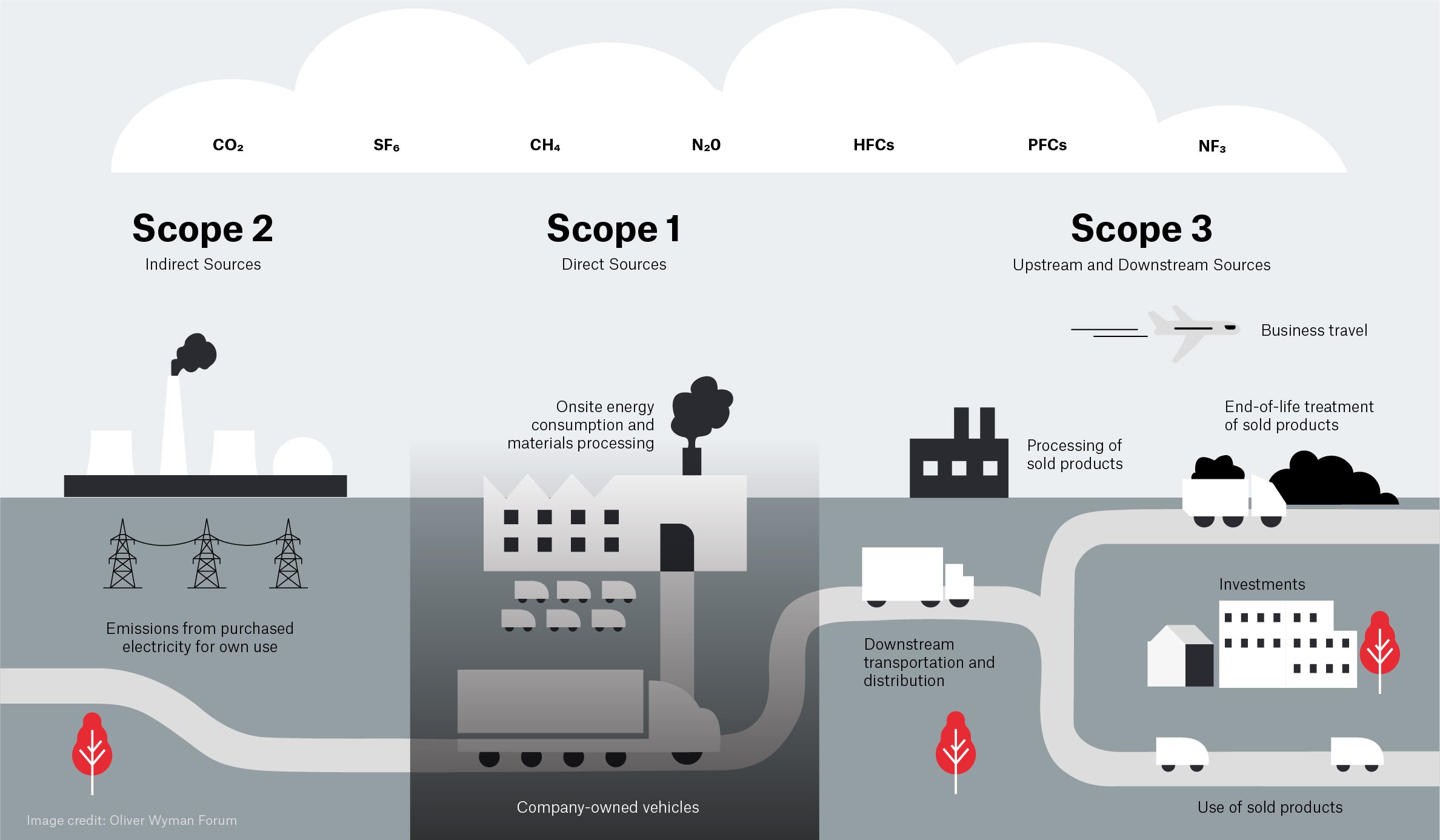
For many businesses, scope 3 emissions make up over 70% of their carbon footprint, yet fewer than half of the companies that disclose their emissions data actually track and report on their scope 3 emissions.
How to compile a greenhouse gas inventory
Whether or not you’re required to keep an inventory of your GHG emissions, keeping track of your emissions sources and expenditure can help you identify reduction opportunities and monitor your emissions over time. A GHG inventory can also help inform corporate strategies and set priorities for your organization’s emissions reduction policies.
- Review the accounting standards and methods set out by the GHG Protocol.
- Choose a base year.
- Determine your organizational and operational boundaries. For guidance, see chapter 3 and 4 of the GHG Protocol’s advice on setting organizational boundaries.
- Manually combing through your fuel and electricity bills and plugging them into Excel.
- Using the GHG Protocol’s calculation tools.
- Employing a third party like BrainBox AI to help you.
Here’s an outline of the data you might include in your GHG inventory:
|
Activity |
Unit of Measurement |
Data Sourced From |
Emissions Source |
|
Electricity use |
Total kilowatt hours |
Electricity bill |
CO2 |
|
Gas use |
Total kilowatt hours |
Gas bill |
N2O, CO2, CH4 |
|
Water supply/treatment |
M2 of water supplied/treated |
Water bill |
N2O, CO2, CH4 |
|
Fuel usage – company vehicles |
Litres of fuel bought |
Invoices/receipts |
CO2 |
|
Company travel |
Miles flown, mileage covered by car, train and other transport |
Distance calculations |
CO2 |
|
Waste recycling |
Tons of waste disposed of |
Waste collection provider invoices |
CH4 |
GHGs are measured in tons or kilograms of carbon dioxide equivalent (CO2e), and they are calculated as follows:
Activity data x Emissions factor = GHG emission
What is activity data?
Typically, activity data refers to energy consumed or waste generated. For example, this could be:
- The amount of fuel a car uses.
- The amount of electricity a building uses.
- Kilometers traveled by plane on a business trip.
What are emissions factors?
Emissions factors represent the rate or quantity of GHG emissions that are released due to a specific activity. Often the emission factors will be prescribed by a particular program, funding source, or reporting mandate that fits your initiative, so check to see which one applies to you. For a generalized emissions factor database, you can consult the IEA emission factors database or, if you’re in the UK, the GHG reporting conversions factors provided by the UK government.
An IMP contains information such as:
- Your organization’s primary information (name, address, and inventory contact information), base year, inventory boundary conditions, and how your emissions are quantified (i.e., what methodologies and emissions factors are used).
- Data management information (like your data sources, the collection process, and quality assurance) and management tools used.
- Auditing and verification (such as management reviews, and corrective action taken, and certifications acquired).
- Verify your GHG inventory
- Set your GHG emission reduction targets
- Track and report your organization’s progress to the required department, organization, or program.
Click here to download our Greenhouse Gas Inventory Process Cheat Sheet.
Reporting GHG emissions
Greenhouse gas reporting, otherwise known as carbon reporting or carbon footprinting, is about measuring your organization’s GHG emissions and its contribution to climate change. Thanks to the Kyoto Protocol requiring countries to adopt policies that mitigate GHGs, many organizations around the globe are required to report their emissions. Organizations are also increasingly expected by shareholders to declare their annual emissions and goals for the sake of transparency and accountability.
To get you started, the GHG Protocol has compiled a simple sample reporting template to help outline reporting requirements.
In 2012, the UK became the first country to require that companies include emissions data in their annual reports.
GHG emissions inventory report
Creating an emissions report can be confusing, but it’s an important part of measuring and tracking emissions. It’s also essential for creating your broader sustainability and/or ESG reports. The information contained in an inventory report, which details your company’s emissions by scope and activity, works to provide consistent information on GHG emissions. It also helps to inform emission estimates and even works to support wider regulatory initiatives. Indeed, some governments, such as the government of Canada, require all facilities (including buildings, equipment, structures, on-site transportation, and machinery) that emit over 10 000 tons of GHGs per year to report their annual emissions.
If you’re not sure how to go about building an inventory, you could start by taking a look at some sample reports to see what information to include and how to piece it together.
A CSR report is a document a company creates to communicate to stakeholders what they’re doing to be socially and environmentally responsible. It generally includes a company's policies, programs, and initiatives around sustainability, community engagement, and ethical business practices. Companies can release annual individual CSR reports or they can include their CSR efforts in their sustainability or ESG reports.
Sustainability report
A company will put together an annual sustainability report in order to disclose information about its ESG performance and impact. Sustainability reports are comprehensive documents that aim to provide stakeholders with transparency. They generally include information about the company's energy use, GHG emissions, water usage, waste management, and social and governance practices. A good sustainability report might also include a company’s emissions inventory, CSR statistics, their ESG targets, as well as a roadmap as to how they plan to reach their goals and the progress they’ve made so far.
ESG report
ESG reports and sustainability reports have a lot of overlap and the terms are often used interchangeably. Like a sustainability report, an ESG report’s purpose is to shed light on a company’s ESG activities while improving investor transparency by disclosing a company’s environmental, social, and corporate governance data.
- Environmental: This involves companies reporting on how they use energy and manage their environmental impact. The factors considered in this category are energy efficiency, climate change, carbon emissions, biodiversity, air and water quality, deforestation, and waste management.
- Social: The “S” in ESG stands for “social”. It’s all about a company’s culture and its effects on the broader community. Social factors to consider are inclusivity, gender and diversity, employee engagement, customer satisfaction, data protection, privacy, community relations, human rights, and labor standards.
- Governance: Governance is about a company’s internal system of controls, practices, and procedures. It ensures transparency and that industry best practices are upheld. Factors considered in this category are a company’s leadership, board composition, executive compensation, audit committee structure, internal controls, and shareholder rights, bribery and corruption, lobbying, political contributions, and whistleblower programs.
ESG reports differ from sustainability reports in their inclusion of information about a company's compliance with laws and regulations. Additionally, ESG reports are often regulated by agencies and organizations such as the SEC, the TCFD, and the MSCI. Sustainability reports, on the other hand, are frequently guided by a standardized framework such as the GHG Protocol.
The Task Force on Climate Related Financial Disclosures (TCFD) supplies investors with information about what companies are doing to mitigate climate change risks. They also provide transparency about the way companies are governed. Read more here for the TCFD’s recommendations for climate financial disclosures.
Third-party verification
It is highly recommended, and sometimes mandatory, that organizations use an accredited third-party verification service (one that follows procedures aligned with the ISO 14064-1 standard) to look over your report to make sure it’s in line with the regulatory or program requirements. The two main accreditation bodies in North America are ANSI (American National Standards Institute) and SCC (Standards Council of Canada), and their list of accredited verification bodies can be found here and here. The UKAS is the United Kingdom’s National Accreditation Body and it offers assessments and accreditations of organizations offering verification services.
90% of the world’s largest companies produce CSR reports. Only a minority of them are validated by third parties, resulting in a lot of misleading and incomplete data.
Reducing GHG emissions
The UNEP’s Emissions Gap Report 2021 states that global emissions need to fall by 45 to 50% by 2030 to keep global temperatures from rising above 1.5°C by 2100.
Businesses can do their part by addressing their scope 1, 2, and 3 emissions through making incremental changes to their operations.
These could include:
Scope 1
Switching to low-carbon fuels like biofuels, renewable natural gas, and sustainable aviation fuels; using renewable sources of energy such as solar or wind power; and finding more fuel-efficient transportation routes.
Scope 2
Purchasing office equipment that’s ENERGY STAR certified (or energy efficient according to their EU energy labels), investing in LED lights, or optimizing HVAC systems to become more energy efficient.
Scope 3
Easing up on business travel, producing more easily recyclable packaging, or implementing artificial intelligence in company supply chains to improve processes and reduce inefficiencies.
Lowering your energy consumption is the easiest way to reduce your carbon footprint. It also helps you meet regulation standards, improve investor satisfaction, and can even save on costs.

Download this guide
Find the strategies to reduce GHG emissions for your business
For a more in-depth look at how your company can reduce its GHG emissions, see our downloadable document on innovative strategies for reducing scope 1, 2, and 3 emissions.







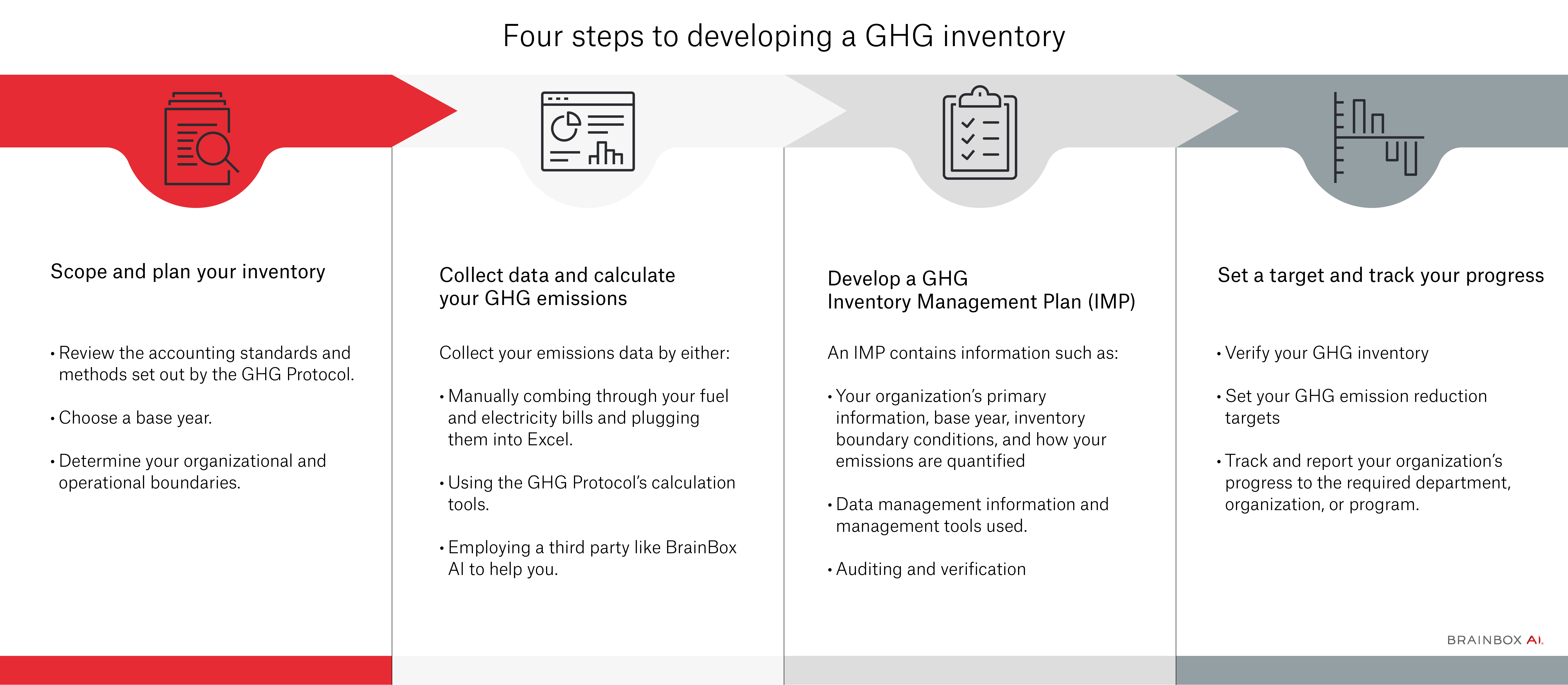
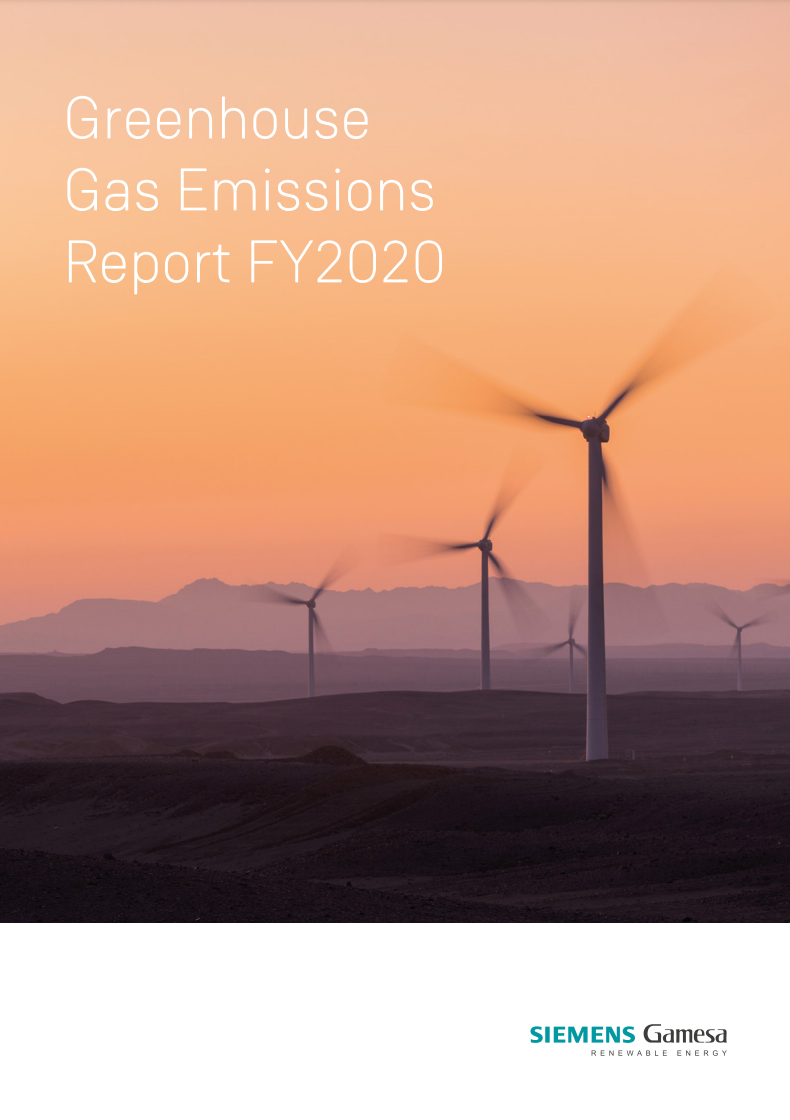
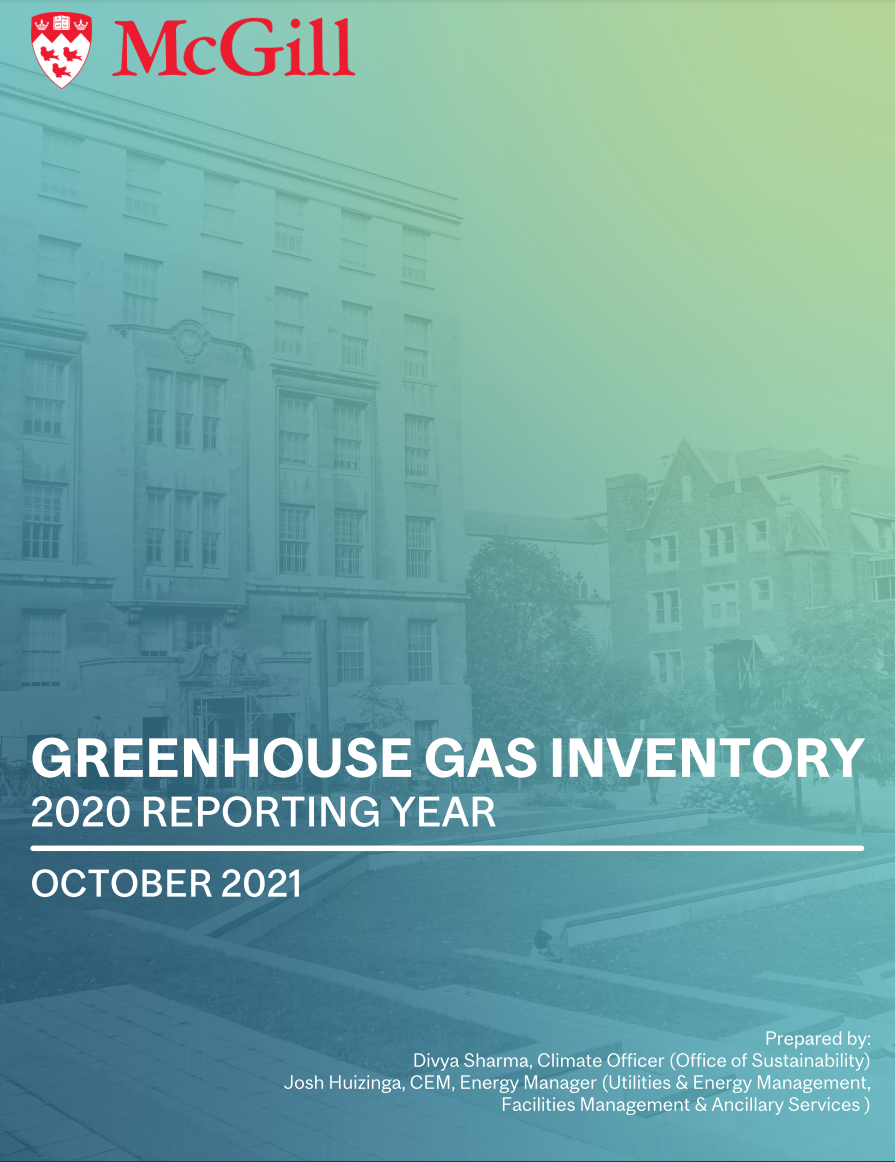
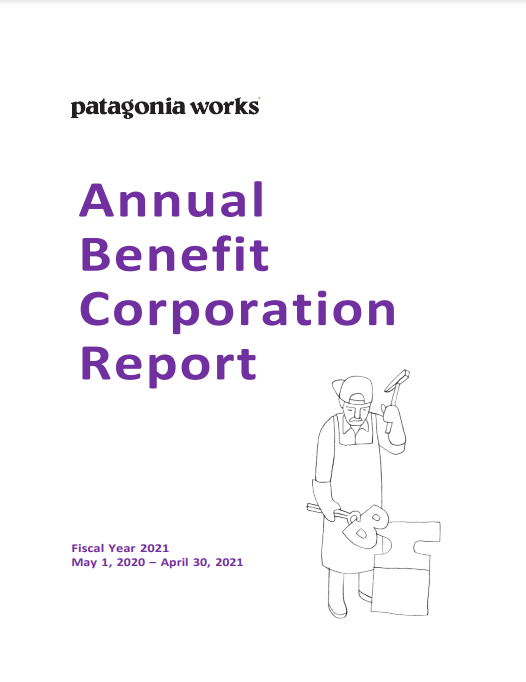

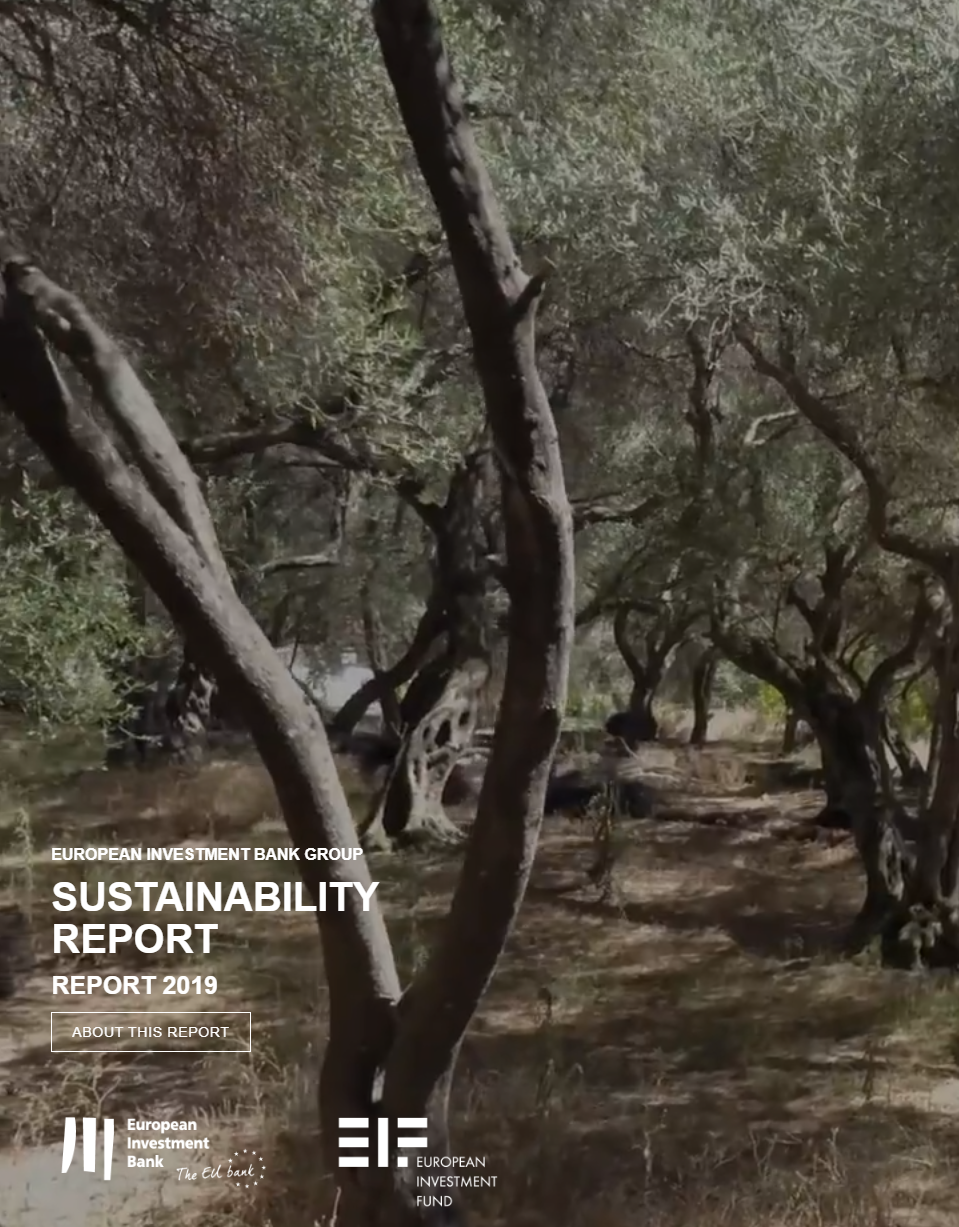



Social responsibility report